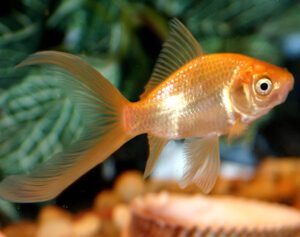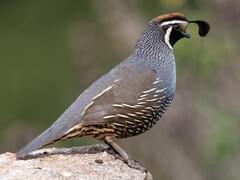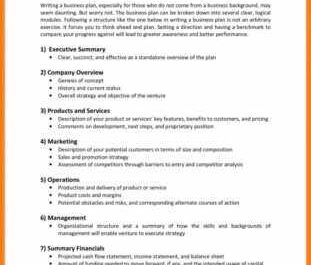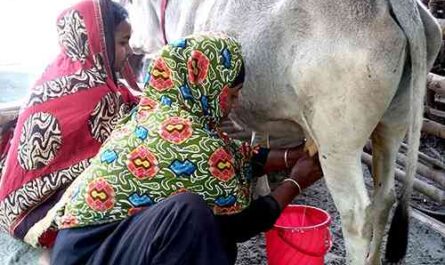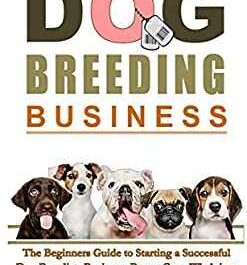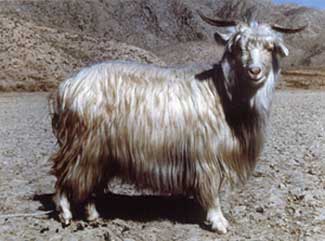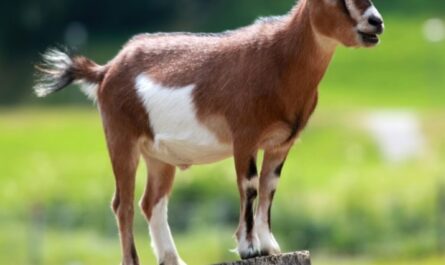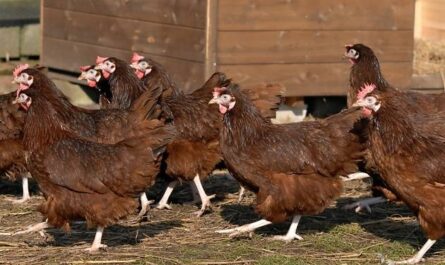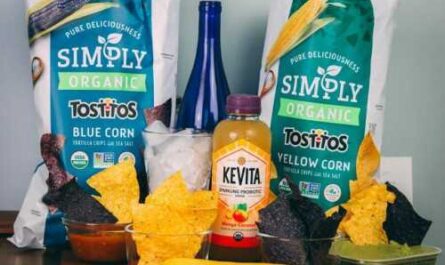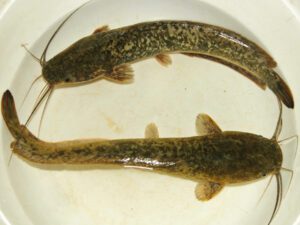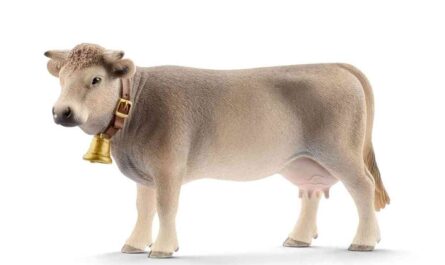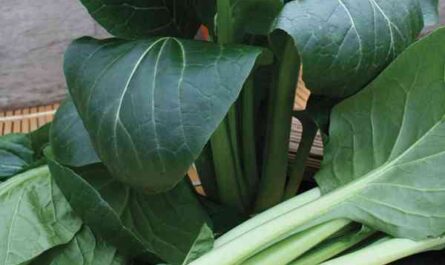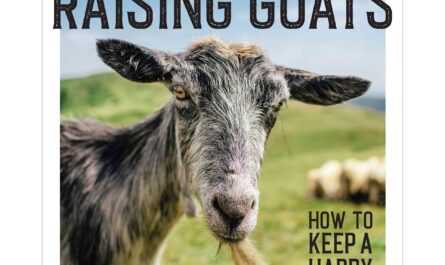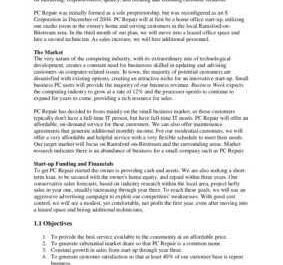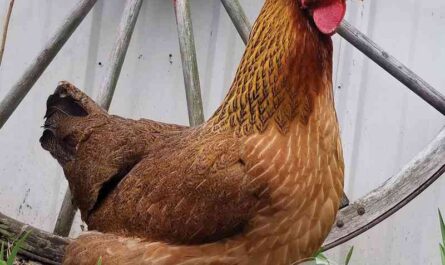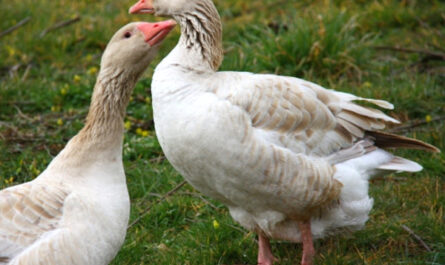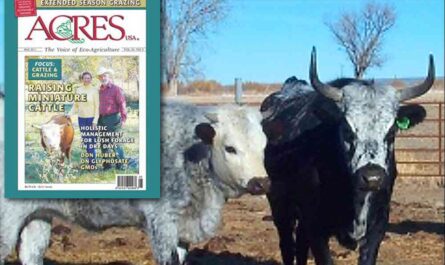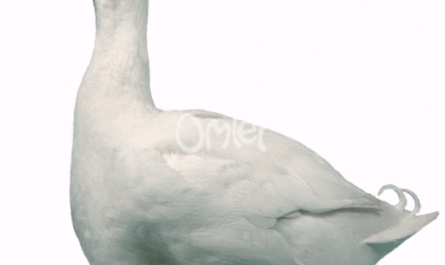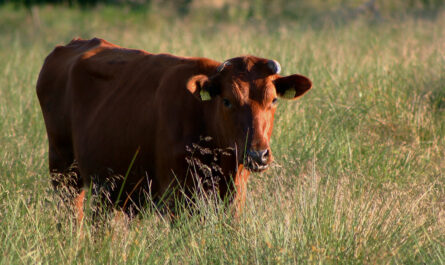To be successful in animal husbandry, you must know the correct livestock feed management system and its necessity. Essentially, livestock feed management means providing quality feed for good health, good growth and increased productivity (through different life stages and seasons).
The possibility of success in animal production depends on an appropriate feed management system. If you intend to run and maintain a profitable business, you must provide your livestock with a balanced and nutritious diet according to their needs.
Livestock feed management
To maintain a profitable livestock business, follow the livestock management system described below.
Feeding calves with colostrum
To obtain healthy and productive cattle, it is necessary that calves receive colostrum. Colostrum is the first milk produced by a cow after giving birth to a calf. Make sure the calf has received at least 2 liters of colostrum within three days of birth.
You cannot ignore the importance of colostrum as it is rich in globulin (a wonderful source of antibodies) which is essential for maintaining a healthy lifestyle and protecting livestock against infection.
Colostrum contains 3 to 5 times more protein and 5 to 15 times more vitamin A than regular milk. It also contains magnesium, antithetic acid, iron, thiamine, copper, chlorine, etc. Colostrum acts as a laxative.
Whole milk diet
In the case of a whole milk diet, certain rules must be observed.
- Feed the calves their mother’s milk.
- Let the calf suckle the mother’s udder.
- Always try to follow a specific route when feeding whole milk to calves.
Give skimmed milk
Milk without cream is called skimmed milk. On many dairy farms, this milk is fed to calves to produce excellent dairy calves. Never feed skimmed milk to calves all at once, rather add a small amount of skimmed milk to whole milk.
Skimmed milk powder for food (buttermilk)
Skimmed milk powder or buttermilk is the ideal feed for calves. Mix the buttermilk at the rate of 1 kg of milk for approximately 9 kg of water. This mixture is very beneficial for digestion.
Calf starter feed
The veal starter is a mixture of cereals, herbs, proteins, minerals, vitamins and antibiotics. Once the calf is two weeks old, reduce the amount of skim or whole milk from the mother. Then offer the calves a small amount of calf starter. After a few days, give them an increasing grain ration.
grain mix
For better growth of calves, a grain mixture is very useful. You can start feeding calves a grain mix when they are 7-15 days old. You need to prepare this mixture in such a way that it contains an average amount of protein.
For the veal grain mix, use 20% peanut meal, 35% oats, 5% flaxseed meal, 10% barley and 30% bran.
Feed growing animals
Your calves (under one year old) need adequate concentrated cattle feed to grow properly and quickly.
A significant amount of forage is needed to achieve maximum growth. You can feed this mixture to your growing calves (6 months and older) and to your adult cattle.
Feeding lactating cows
During lactation, dairy cows need a lot of energy. The extra energy helps increase milk production. At this time, a mixture of concentrates is prepared, consisting of cake, cereals, tapioca chips and laxative foods.
bull feeding
You can breed multiple bulls in your herd for breeding purposes. Bulls need more energy and other nutrients in their feed than dairy cows. Therefore, always try to give them enough nutritious food.
Some tips for feeding dairy cows
- Always try to feed your livestock regularly by yourself or the same person.
- High quality roughage can reduce the cost of concentrate feed and is also very suitable for cattle.
- You can replace 1 kg of straw with 4 to 5 kg of fresh grass. Provide livestock with ready-to-use feed in sufficient quantity to compensate for the lack of protein and other nutrients.
- Perform normal routine work while feeding your animals for maximum productivity.
- You must give the exact amount of food to avoid indigestion.
- Avoid sudden changes in the feeding program. If you want to change the feeding time, do it gradually.
- Provide your livestock with chopped grass and hay.
- Store feed and feed ingredients in a well ventilated, dry and cool place.
In addition to providing your cattle with enough nutritious feed, make sure they have plenty of clean, fresh water. Cattle are larger than any other livestock. Thus, they need more drinking water every day.
I hope this cattle feeding guide has helped you! Good luck and God bless you!
video

